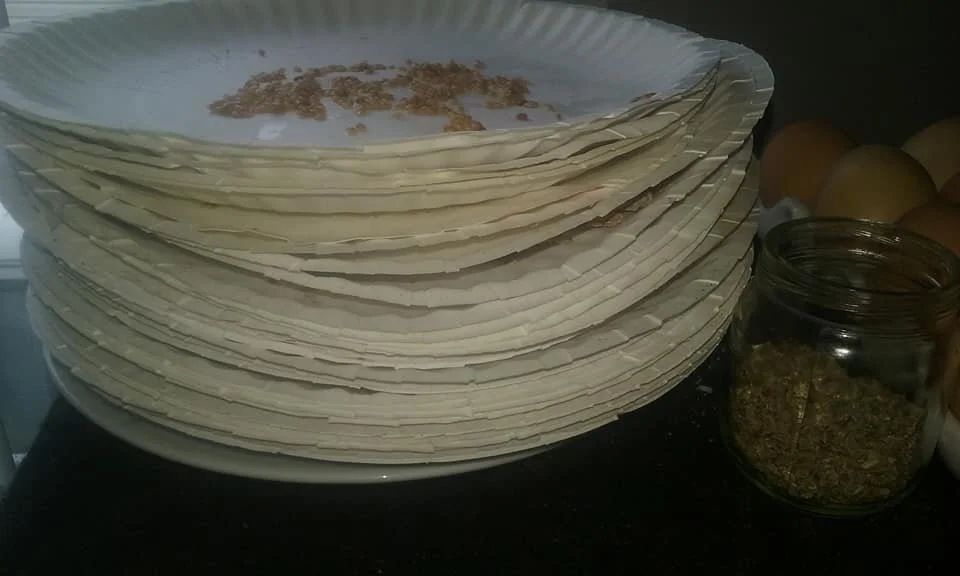
Seed Saving
Seed saving is the practice of saving seeds or other reproductive material (roots, cuttings) from vegetables, grains, herbs and flowers to use annually or save for future use.
Saving seeds is the glue that holds this homesteading lifestyle together. In the very least, regardless of the size of each garden or harvest, you should always practice seed saving, and more importantly seed preservation for long term storage and future use. We are in a desperate time of need when it comes to this practice and habit. Our seed supply is under attack, and is becoming more and more endangered with each passing year. We’re down to one global seed vault worldwide, and that’s not even close to accessible to the public, so I’d say we’ve got a lot of work to do!
My personal experience with seed saving gradually became a part of this homesteading lifestyle like I assume it does with everyone. Our ancestors certainly didn’t have access to the information we do today, but in some simplistic ways, it’s not difficult to see and experience the same exact pattern of progress and growth that just naturally introduces you to new things, or necessary things, like seed saving. Not just to save on cost annually, but to have the same seeds passed down by generation. After I started saving my own seeds for a few years, I got into seed swapping through the mail, and then seed swap events and get togethers and it just carried on from there. Seed swapping is definitely one of the most productive and efficient ways to not only add to your collection of heirlooms and rare seeds, but to try a variety of different seeds without having to spend ridiculous amounts of money, and not even knowing if the seeds have been altered. This way you can trade directly with the grower and ask any questions you have have of concern, or details about the history of that seed.
The Cincinnati Seed Library, is separate from my personal collection. The seed library is open to the public at all times, for anyone to take what they want and leave what they can. That method is sustained year after year from not only myself and a few of my close friends adding to the box, but generous donations from online friends and followers as well! I am incredibly thankful and fortunate to connect with those that also take seed preservation as serious as myself, and many others do. We are in dire need of awareness and the spreading of information about native and heirloom seeds. As well as hybrid and GMO and the difference between them all.
Depending on the seed, I use different methods of preservation. Which are all technically drying, but there are different ways that are more efficient for each seed. For instance, paper plates are excellent for tomatoes and small herb and veg seeds. Whereas, a large screen or flat basket would be best for beans, and other larger seeds like that. Many herbs that seed at the top are easily harvested hanging upside down in brown paper bags. Roots, cuttings, and seed pods count too, so definitely don’t discredit them when foraging in the fall or after the growing season of that crop or plant. Organizing your seeds is the real challenge. Try to label everything as you save it, I couldn’t tell you how many times I swore I would remember what seeds are in the bag or on the plate and I forget anyways, especially if it’s something I’ve never foraged before.
As always do as much research as you can, but saving seeds kind of comes naturally as the plants produce them. You’ll notice with different varieties the seeds don’t always come from whatever the crop is producing, but you will see first hand the cycle that the plant goes through, so be mindful of things bolting or going to seed. When that happens the plant is no longer producing food it’s cycle is finished and it goes into producing seed, so by all means save them! There are several seed saving videos on our YouTube channel that you can get to by clicking on the YouTube logo in the upper or lower right hand corner of this page. You can start small with a simple shoe box, and work your way up. Everyone that grows a full garden should absolutely be at least attempting to save their seed. It takes some practice and a lot of dedication but for the future of clean seeds, everyone preserve their own!!












